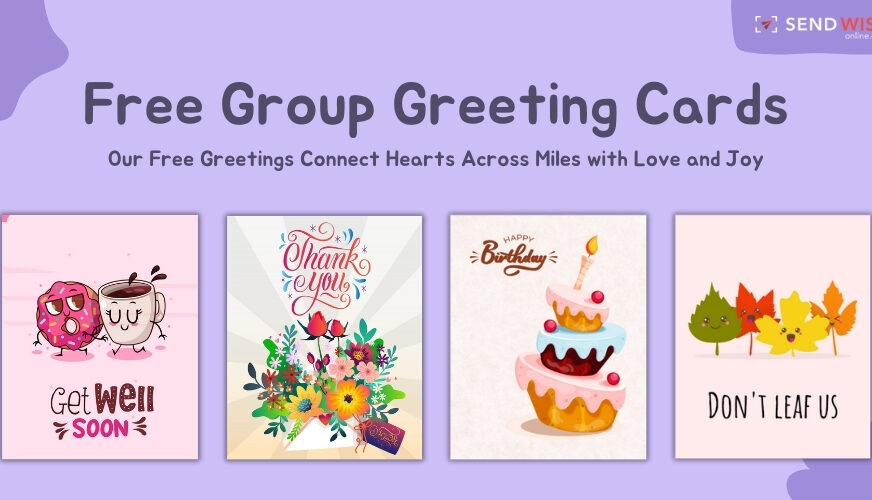Introduction:
Congratulations cards, beyond being mere pieces of paper, reflect a rich tapestry of cultural values and traditions. In a globalized world where diverse cultures coexist, the significance of these cards takes on new dimensions, capturing the essence of celebrations in unique and meaningful ways. This article delves into the cultural significance embedded in congratulations cards, exploring how these expressions of joy and recognition are shaped by and contribute to the rich diversity of societies.
Cultural Expressions in Design:
The visual elements of congratulations cards often reflect cultural aesthetics and symbolism. From intricate patterns and colors to specific symbols and motifs, the design of these cards can be deeply rooted in cultural traditions. For example, a card celebrating an achievement in East Asia might feature symbols like cherry blossoms or bamboo, while a card in an African context could incorporate vibrant patterns and traditional motifs.
Language and Etiquette:
The language used in congratulations cards is a direct reflection of cultural norms and etiquette. Different societies have unique ways of expressing joy and well-wishes. In some cultures, a more formal tone is preferred, while in others, a heartfelt and personal message is the norm. Understanding the cultural nuances of language helps ensure that the sentiment behind the congratulations card is conveyed appropriately.
Customs and Rituals:
In certain cultures, the act of giving and receiving congratulations cards is accompanied by specific customs and rituals. For instance, in some East Asian cultures, it is common to present cards with both hands as a sign of respect. Additionally, the timing of giving a card might be culturally significant, such as immediately after an event or on a specific celebratory day.
Spiritual and Religious Significance:
Congratulations cards often carry spiritual or religious significance, particularly in societies where faith plays a central role in daily life. Cards may feature religious symbols, quotes, or blessings that align with the beliefs of the sender and recipient. This adds a layer of spiritual connection to the congratulatory message, making it more resonant within the cultural context.
Communal Celebrations:
In some cultures, celebrations are communal affairs, and congratulations cards become a way for the community to collectively express joy and support. These cards may circulate among extended family, friends, and colleagues, creating a shared experience of celebration. The act of giving and receiving cards becomes a communal expression of happiness and solidarity.
Color Symbolism:
Colors hold cultural significance across the globe, and congratulations cards often incorporate hues that carry specific meanings within a given culture. For example, red may symbolize luck and prosperity in Chinese culture, while white may signify purity in Western contexts. The careful selection of colors adds depth to the message, subtly conveying cultural nuances.
Hierarchy and Social Relations:
The way congratulations cards are exchanged can reflect cultural attitudes towards hierarchy and social relations. In some cultures, there may be a particular protocol for giving cards to superiors or elders, emphasizing respect and deference. Understanding these cultural nuances is crucial for ensuring that the gesture is perceived positively within a given societal framework.
Incorporation of Multicultural Elements:
As societies become more multicultural, congratulations cards are evolving to incorporate elements from various traditions. Hybrid designs that blend cultural symbols and motifs provide a bridge between diverse backgrounds, fostering inclusivity and understanding. These multicultural cards reflect the interconnectedness of our global society.
Festivals and Seasonal Celebrations:
Congratulations cards often play a prominent role in festive seasons and cultural celebrations. In many culture, major life event and achievement are intricately tied to specific festival or season. For example, in Indian culture, Diwali, the festival of lights, is a time when families exchange congratulations and good wishes, often accompanied by cards. Understanding the connection between congratulations cards and cultural festivals adds depth to the significance of these cards.
Symbolism of Numbers and Numerology:
Numerology holds cultural significance in many societies, influencing beliefs about luck and auspicious occasions. Some congratulations cards incorporate specific numbers or numerical patterns that are considered lucky or meaningful within a given culture. The inclusion of numerology adds an extra layer of cultural richness to the card, making the gesture more personalized and resonant.
Regional Variances in Gesture and Expression:
The way congratulations are expressed can vary significantly across regions within a country or between neighboring countries. Regional dialects, gestures, and expressions may influence the style and content of congratulations cards. Understanding these regional variances ensures that the message is tailored to align with the specific cultural norms prevalent in a particular area.
Conclusion:
Congratulations cards, with their diverse design, language, and custom, are woven into the cultural fabric of societie worldwide. They are not just tools for expressing joy but also carriers of cultural identity, tradition, and respect. Understanding the cultural significance of these cards enriches the act of giving and receiving, allowing individuals to celebrate achievements in ways that are deeply meaningful within their cultural context. In an increasingly interconnected world, congratulations cards serve as ambassadors of cultural diversity, fostering a sense of unity in the celebration of human accomplishments.
Feel free to submit more guest posts through Links Building Servcies - Best Prices. Buy Author Account / 1$ Guest Post Here






















